We do not choose where we are born… but to me being born in India is nothing short of winning a jackpot. A country that is as diverse in language, culture and beliefs yet finding ways to unify. Its not far-off if we say India is a year-round celebration. From her topography to religion, to being the world's largest democracy… 'The India Story' is unique.
Our country is one of the world's oldest civilisations. The Indian culture, often labelled as an amalgamation of several various cultures, spans across the Indian subcontinent and has been influenced and shaped by a history that is several thousand years old. Throughout the history of India, Indian culture has been heavily influenced by Dharmic religions. They shaped much of Indian Philosophy, Literature, Architecture, Art and Music.
Am a very proud Indian first and her way of living is deeply rooted in me.
I started my career in Bombay in early 60's. I soon rose to a comfortable position as Senior Executive of a large Advertising Agency in Mumbai. I consciously involved myself in leadership oriented organisations like Jaycees and other social welfare impacting associations like Lions Club, Maharashtra State Welfare Board to name a few.
After my stint in Japan for over three decades and post retirement, I came back to my home in Athipotta, Kerala. Even though I visited India annually during vacations, I was able to finally see the progressive changes in India. Retaining her cultural magnificence and at the same time, moving toe in toe on world matters. There was a new sense of appreciation for my nation.
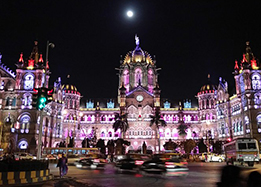
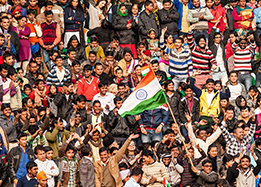


Indian cultural history spans more than 4,500 years. During the Vedic period (c. 1700 BCE -
c. 500 BCE), the foundations of Hindu philosophy, mythology, theology and literature were laid, and many beliefs and practices which still exist today, such as dharma, karma, yoga and Moksha. were established. India is notable for its religious diversity, with Hinduism, Buddhism, Sikhism, Islam, Christianity, and Jainism among the nation's major religions. The predominant religion, Hinduism, has been shaped by various historical schools of thought, including those of the Upanishads, the Yoga Sutras, the Bhakti movement, and by Buddhist philosophy.

The foundation of a typical Indian meal is a cereal cooked in a plain fashion and complemented with flavourful savoury dishes. The cooked cereal could be steamed rice; chapatti, a thin unleavened bread made from wheat flour, or occasionally cornmeal, and griddle-cooked dry; the idli, a steamed breakfast cake, or dosa, a griddled pancake, both leavened and made from a batter of rice- and gram meal. The savoury dishes might include lentils, pulses, and vegetables commonly spiced with ginger and garlic, but also with a combination of spices that may include coriander, cumin, cinnamon, cardamom, and others as informed by culinary conventions. They might also include poultry, fish, or meat dishes. In some instances, the ingredients might be mixed during the process of cooking.
A platter, or thali, used for eating usually has a central place reserved for the cooked cereal, and peripheral ones for the flavourful accompaniments, which are often served in small bowls. The cereal and its accompaniments are eaten simultaneously rather than a piecemeal manner. This is accomplished by mixing—for example of rice and lentils—or folding, wrapping, scooping or dipping—such as chapatti and cooked vegetables or lentils.
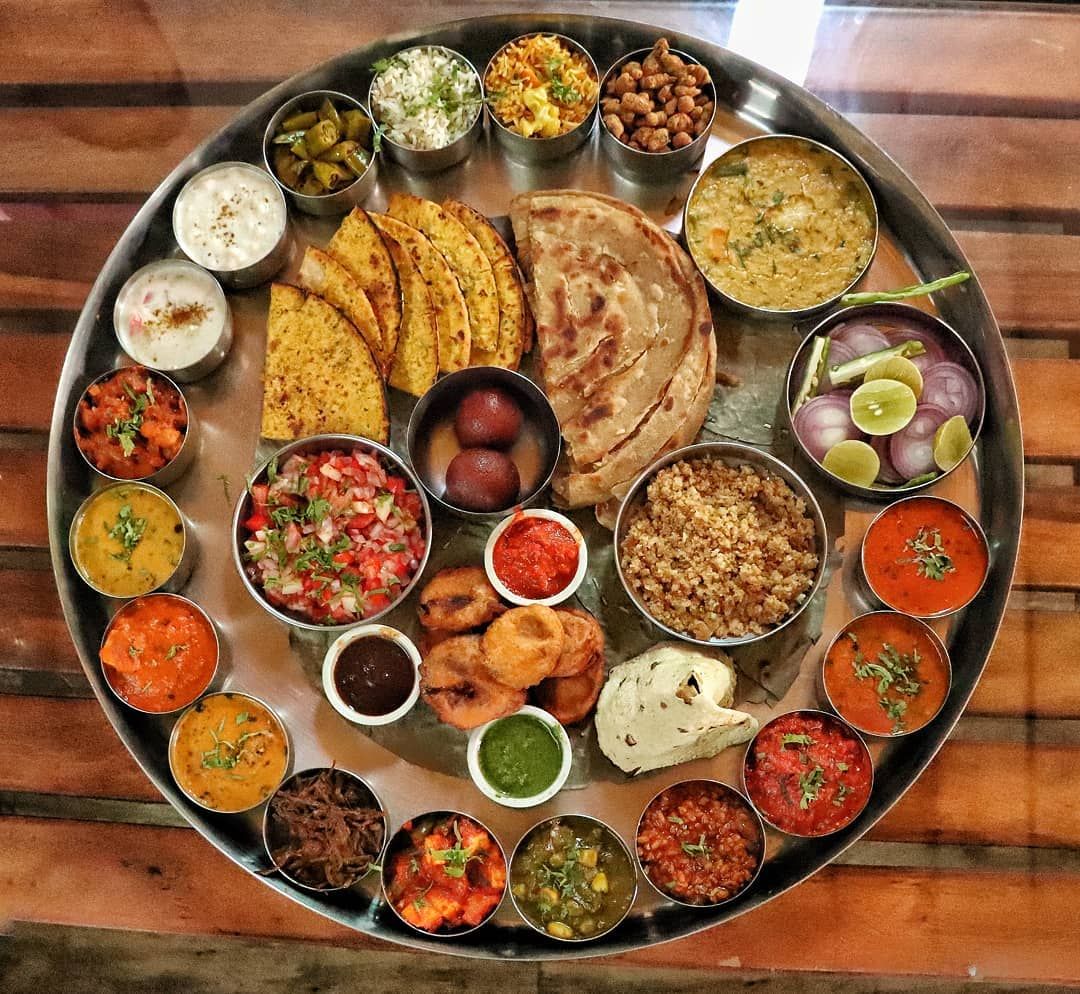
India has distinctive vegetarian cuisines, each a feature of the geographical and cultural histories of its adherents. appearance of ahimsa, or the avoidance of violence toward all forms of life in many religious orders early in Indian history, especially Upansihadic, Buddism, Jainism, is thought to have contributed to the predominance of vegetarianism among a large segment of India's Hindu population, especially in southern India, Gujarat, the Hindi-speaking belt of north-central India, as well as among Jains. Although meat is eaten widely in India, the proportional consumption of meat in the overall diet is low. In India the strong dietary traditions have contributed to dairy, rather than meat, becoming the preferred form of animal protein consumption.
Reflecting on her rich history, India is home to some of the finest historical monuments in the world. Most recognised by the UNESCO World Heritage Site, the famous Indian monuments include the beautiful Taj Mahal, the sacred Golden Temple and the cultural site, Hawa Mahal. Discover and experience the magnificent insights into her rich heritage and ancient architecture. Here is a list of the top must see historical monuments in India below:
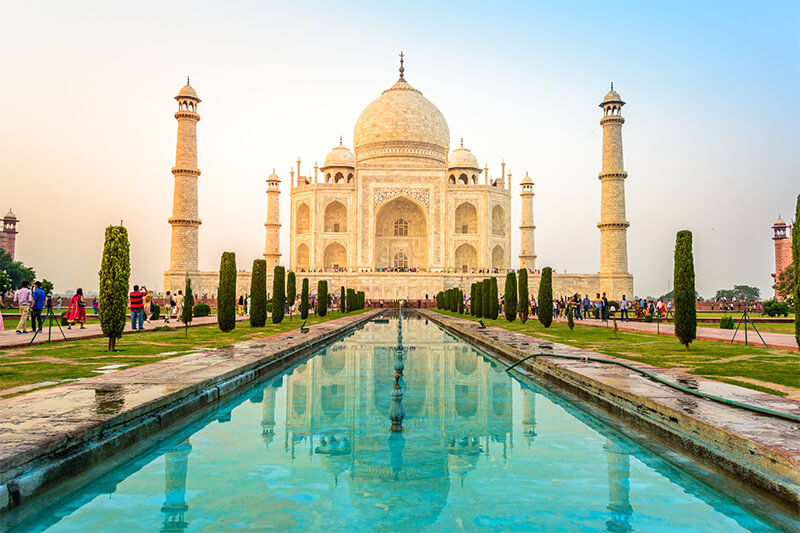
Taj Mahal, Agra
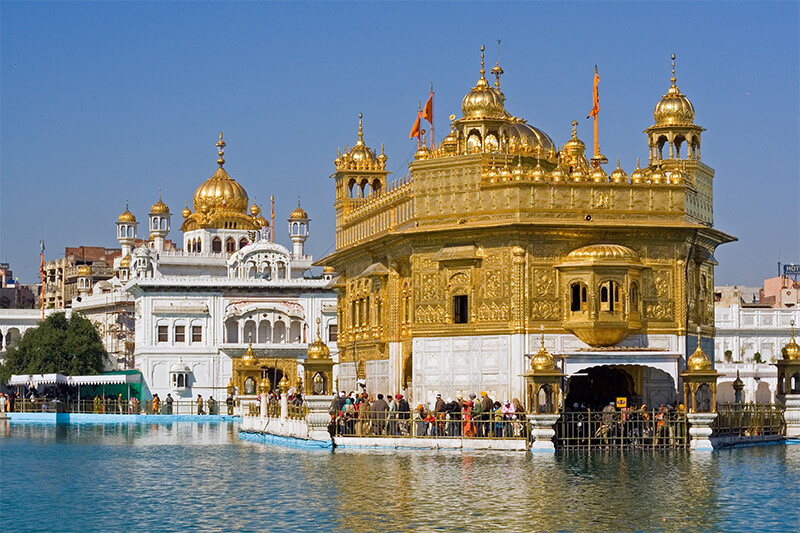
Golden Temple (Harmandir Sahib), Amritsar
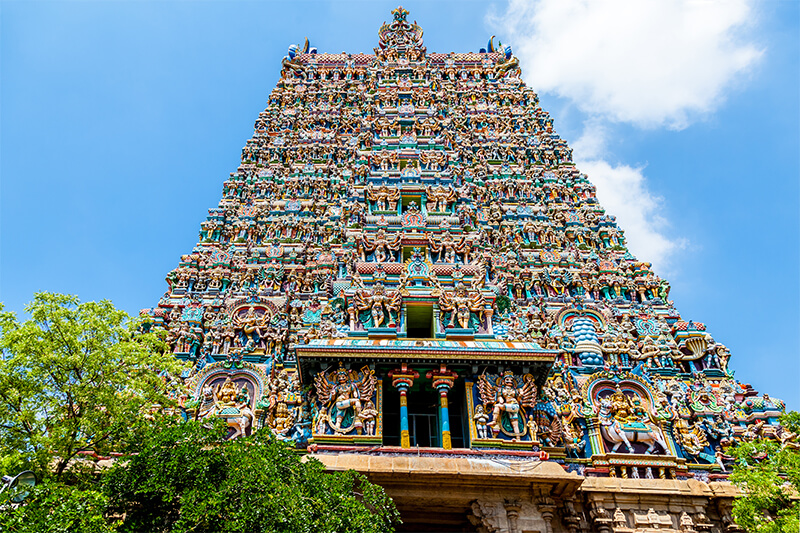
Meenakshi Temple, Madurai
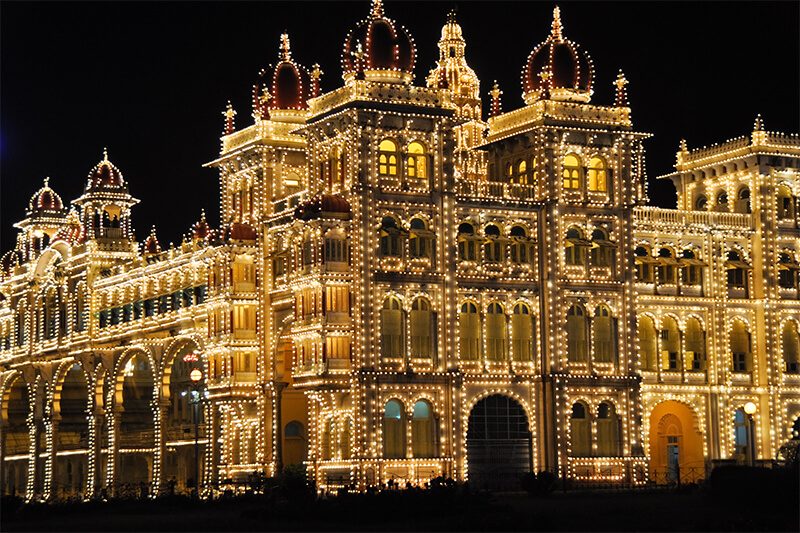
Mysore Palace, Mysore
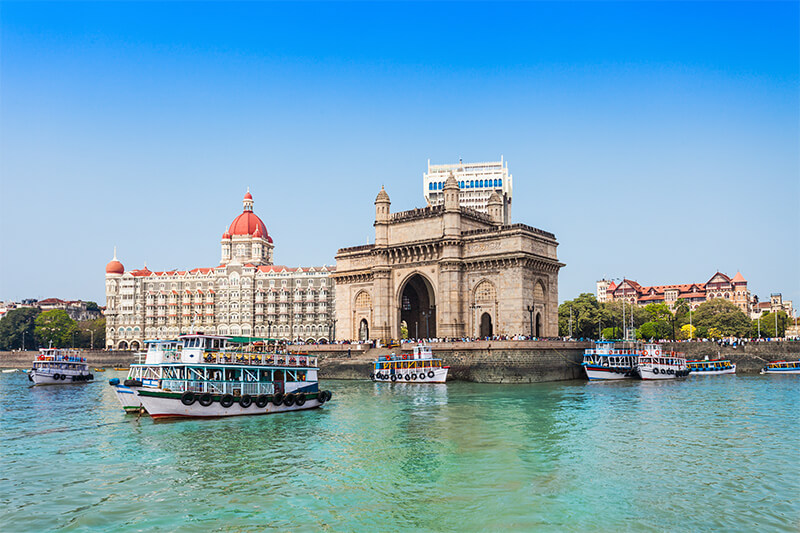
Gateway of India, Mumbai
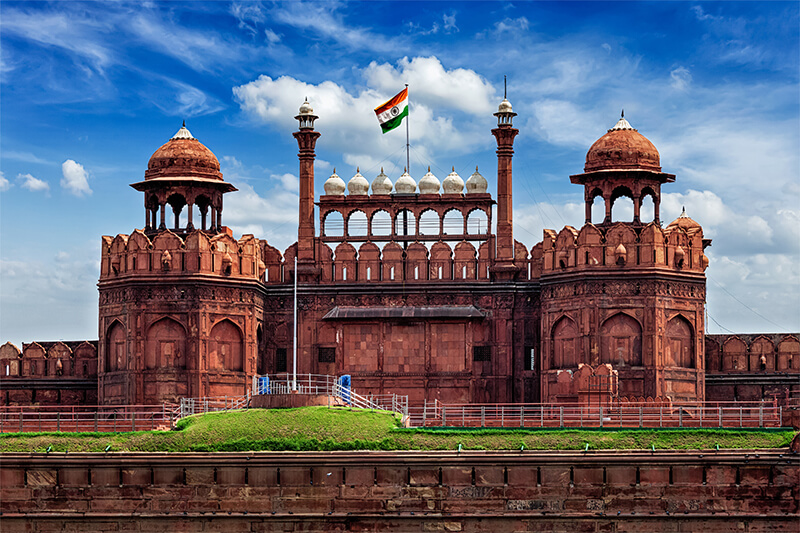
Red Fort, New Delhi
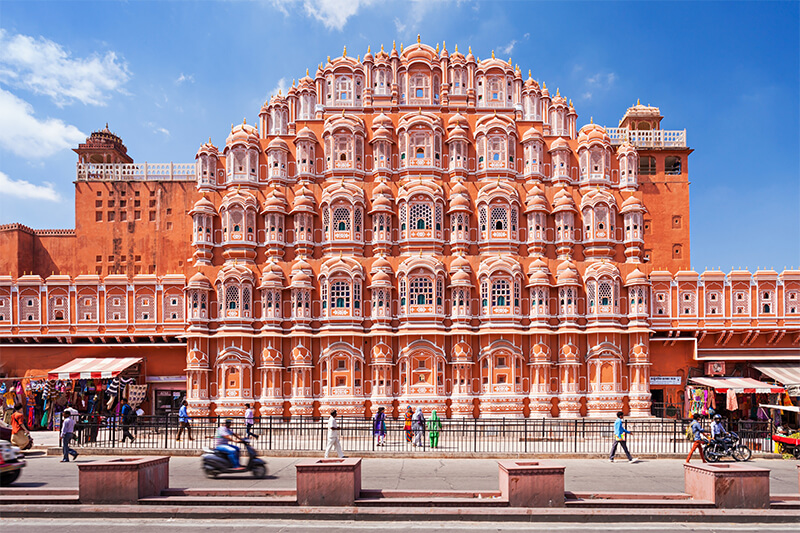
Hawa Mahal, Jaipur
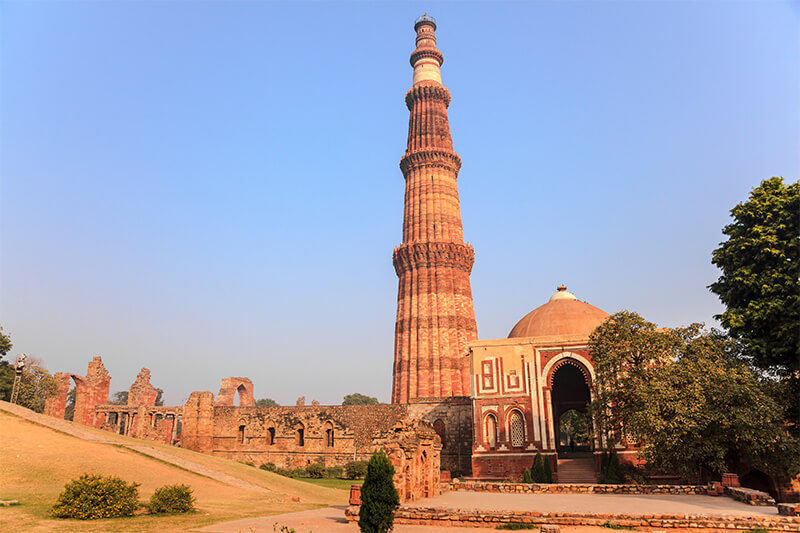
Qutub Minar, New Delhi
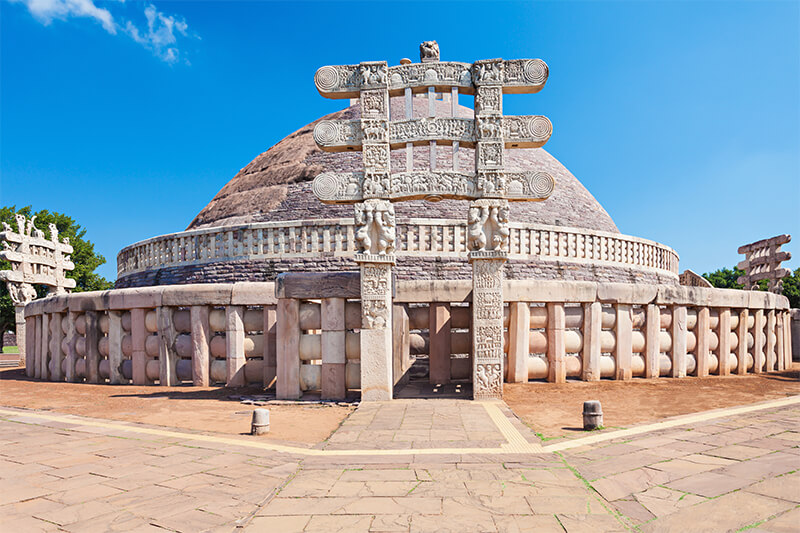
Sanchi Stupa, Sanchi
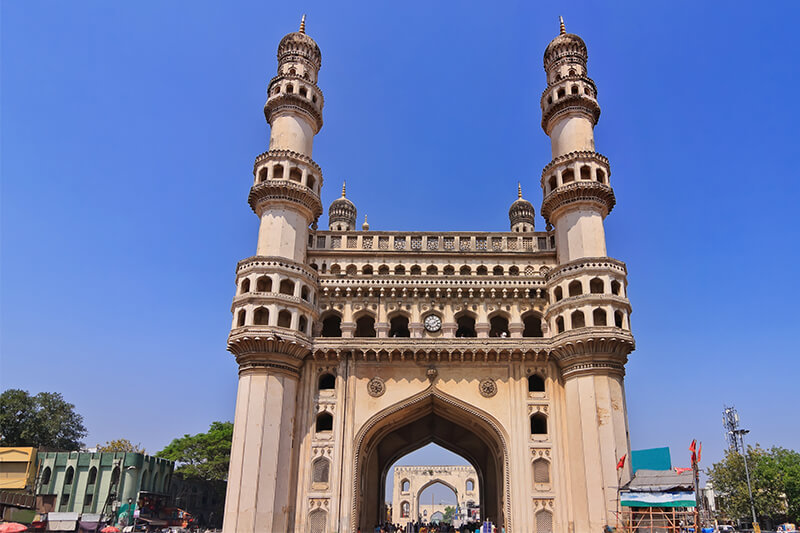
Charminar, Hyderabad